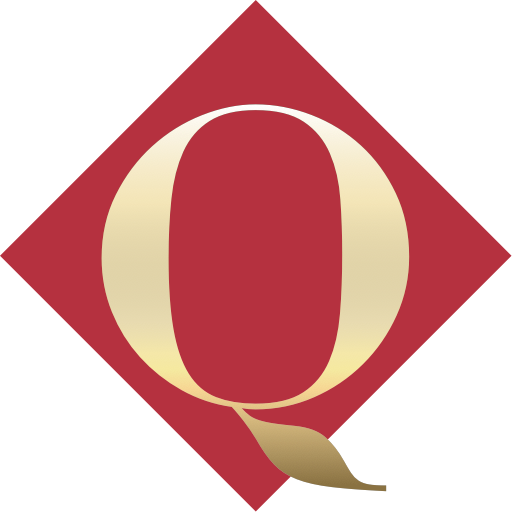The punctuation marks in the Arabic Text have been worked out by our ‘Ulamā with great care and minute attention to details. The earliest manuscripts had few or no punctuation marks. Their growth and development furnish an interesting history, on which I hope Professor Zafar Iqbāl, who has gone into the question, will publish his notes. In classical Europe, Greek had practically no punctuation marks. Later Latin had one or two rudimentary ones. In modern Europe they developed with printing. Aldus Manutius (16th century) was the first to work out a regular system. The Muslims were much earlier in the field for Quranic purposes, although in current Urdu, Persian, or Arabic, punctuation is not a strong point.
Quranic punctuation is an elaborate system, in which three kinds of marks are used. First, there are marks to show the variations in the systems of Qirāat. The most important of these is what is known as the Mu’ānaqa معانقه. This literally means the action of two persons embracing each other shoulder to shoulder, as in the ceremonious salute at the celebration of ‘Īd. The technical meaning in connection with the Quranic text is that a certain word or expression so marked can be construed as going either with the words or expressions preceding it or with those following it. The word or expression in question is indicated by three dots ∴ placed before and after it, above other punctuation marks if any. An example will be found in ii. 2, where the word fī-hi may be construed either as referring to the word raib in the preceding clause, or to the word hudan in the succeeding clause. Either or both constructions are admissible. Passages where such constructions occur are indicated in the margin of the Arabic Text : by the abbreviation مع, where this was worked out by the earlier Commentators (Mutaqaddimīn), or by the word معانقه in full, where it was worked out by the later Commentators (Mutaakhkhirīn). The numeral above it shows the serial number of the Mu’ānaqa of each series.
Secondly, there are marginal marks showing division into sections or paragraphs. These are denoted by the letter ‘ain (ع) in the margin, and are explained under the heading “Divisions of the Qur-ān.”
Thirdly, there are the ordinary punctuation marks in the Text. A knowledge of the most important of these is necessary for an intelligent reading of the Text. Most important of all is a big circle ◯ to denote the end of one Āyat and the beginning of another. If the end of the Āyat is not also the end of a sentence, the mark of a smaller stop is put above it. Where one mark is put on the top of another, the former governs the latter. A warning not to stop is denoted by لا. The letter مـ (lāzim) shows that a stop is absolutely necessary ; otherwise the sense is spoilt. This is so important that it is also shown prominently in the margin as ج .وقف لازم (jāiz) shows that a stop is optional, but if you do not stop, the sense is not spoiled. There are other marks to show the extent to which a stop is permissible, e.g., for taking breath, etc., or where option is allowed, whether it is better to stop or not to stop. The letter ط (mullaq) denotes a full stop, i.e., the end of a sentence, but not the end of an argument, as in the case of a paragraph or section (ع).

